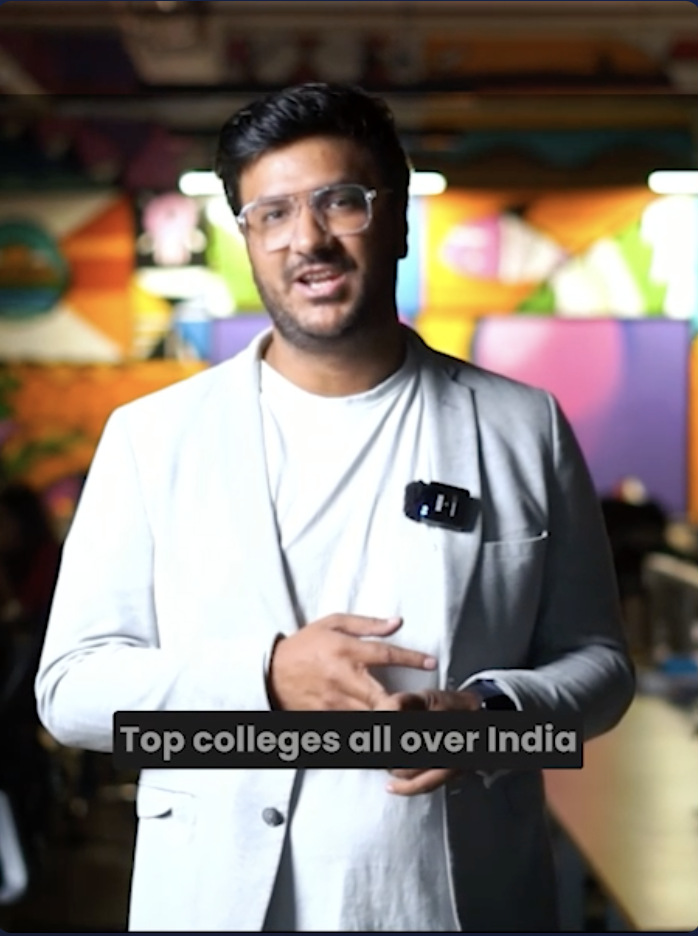
Time:
00:
00:
00The economic transformation of India is one of the great business stories of our time. As stifling government regulations have been lifted, entrepreneurship has flourished, and the country has become a high-powered center for information technology and pharmaceuticals. Indian companies like Infosys and Wipro are powerful global players, while Western firms like G.E. and I.B.M. now have major research facilities in India employing thousands. India’s seemingly endless flow of young, motivated engineers, scientists, and managers offering developed-world skills at developing-world wages is held to be putting American jobs at risk, and the country is frequently heralded as “the next economic superpower.”
But India has run into a surprising hitch on its way to superpower status: its inexhaustible supply of workers is becoming exhausted. Although India has one of the youngest workforces on the planet, the head of Infosys said recently that there was an “acute shortage of skilled manpower,” and a study by Hewitt Associates projects that this year salaries for skilled workers will rise fourteen and a half per cent, a sure sign that demand for skilled labor is outstripping supply.
How is this possible in a country that every year produces two and a half million college graduates and four hundred thousand engineers? Start with the fact that just ten per cent of Indians get any kind of post-secondary education, compared with some fifty per cent who do in the U.S. Moreover, of that ten per cent, the vast majority go to one of India’s seventeen thousand colleges, many of which are closer to community colleges than to four-year institutions. India does have more than three hundred universities, but a recent survey by the London Times Higher Education Supplement put only two of them among the top hundred in the world. Many Indian graduates therefore enter the workforce with a low level of skills. A current study led by Vivek Wadhwa, of Duke University, has found that if you define “engineer” by U.S. standards, India produces just a hundred and seventy thousand engineers a year, not four hundred thousand. Infosys says that, of 1.3 million applicants for jobs last year, it found only two per cent acceptable.
There was a time when many economists believed that post- secondary education didn’t have much impact on economic growth. The really important educational gains, they thought, came from giving rudimentary skills to large numbers of people (which India still needs to do—at least thirty per cent of the population is illiterate). They believed that, in economic terms, society got a very low rate of return on its investment in higher education. But lately that assumption has been overturned, and the social rate of return on investment in university education in India has been calculated at an impressive nine or ten per cent. In other words, every dollar India puts into higher education creates value for the economy as a whole. Yet India spends roughly three and a half per cent of its G.D.P. on education, significantly below the percentage spent by the U.S., even though India’s population is much younger, and spending on education should be proportionately higher.
The irony of the current situation is that India was once considered to be overeducated. In the seventies, as its economy languished, it seemed to be a country with too many engineers and Ph.D.s working as clerks in government offices. Once the Indian business climate loosened up, though, that meant companies could tap a backlog of hundreds of thousands of eager, skilled workers at their disposal. Unfortunately, the educational system did not adjust to the new realities. Between 1985 and 1997, the number of teachers in India actually fell, while the percentage of students enrolled in high school or college rose more slowly than it did in the rest of the world. Even as the need for skilled workers was increasing, India was devoting relatively fewer resources to producing them. Since the Second World War, the countries that have made successful leaps from developing to developed status have all poured money, public and private, into education. South Korea now spends a higher percentage of its national income on education than nearly any other country in the world. Taiwan had a system of universal primary education before its phase of hypergrowth began. And, more recently, Ireland’s economic boom was spurred, in part, by an opening up and expansion of primary and secondary schools and increased funding for universities. Education will be all the more important for India’s well-being; the earlier generation of so-called Asian Tigers depended heavily on manufacturing, but India’s focus on services and technology will require a more skilled and educated workforce.
India has taken tentative steps to remedy its skills famine—the current government has made noises about doubling spending on education, and a host of new colleges and universities have sprung up since the mid-nineties. But India’s impressive economic performance has made the problem seem less urgent than it actually is, and allowed the government to defer difficult choices. (In a country where more than three hundred million people live on a dollar a day, producing college graduates can seem like a low priority.) Ultimately, the Indian government has to pull off a very tough trick, making serious changes at a time when things seem to be going very well. It needs, in other words, a clear sense of everything that can still go wrong. The paradox of the Indian economy today is that the more certain its glowing future seems to be, the less likely that future becomes
According to the passage, why India does not have enough skilled labour?


 Apply For Jobs
Apply For Jobs Get Hiring Updates
Get Hiring Updates















Good
Supeebb